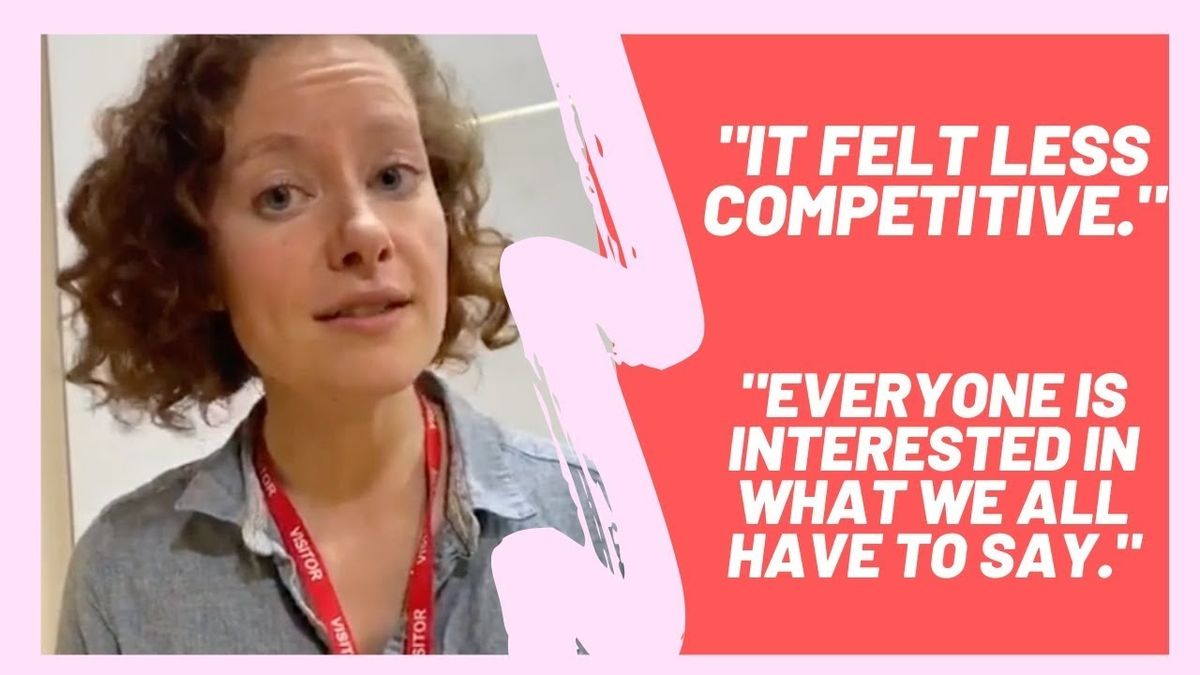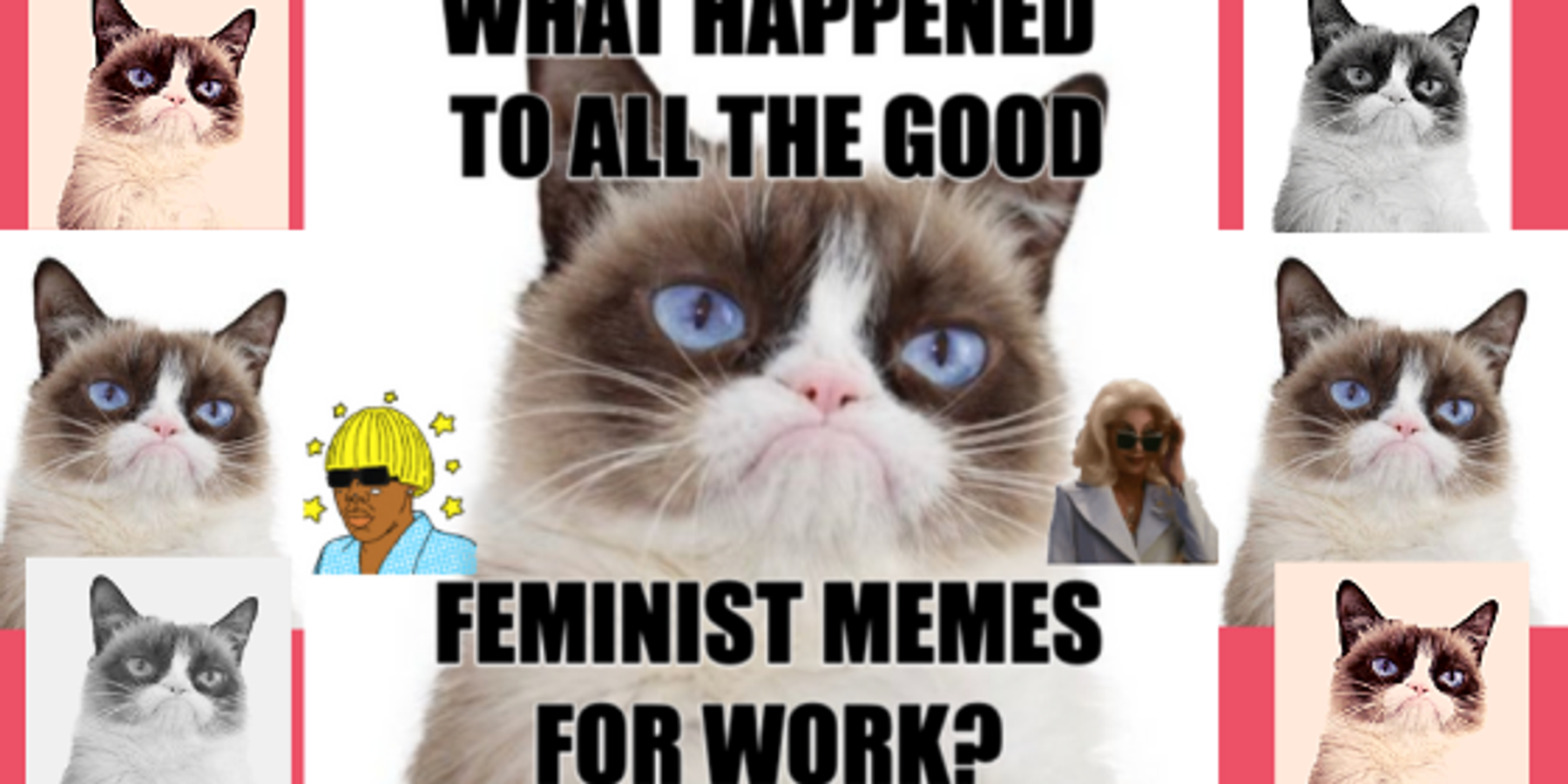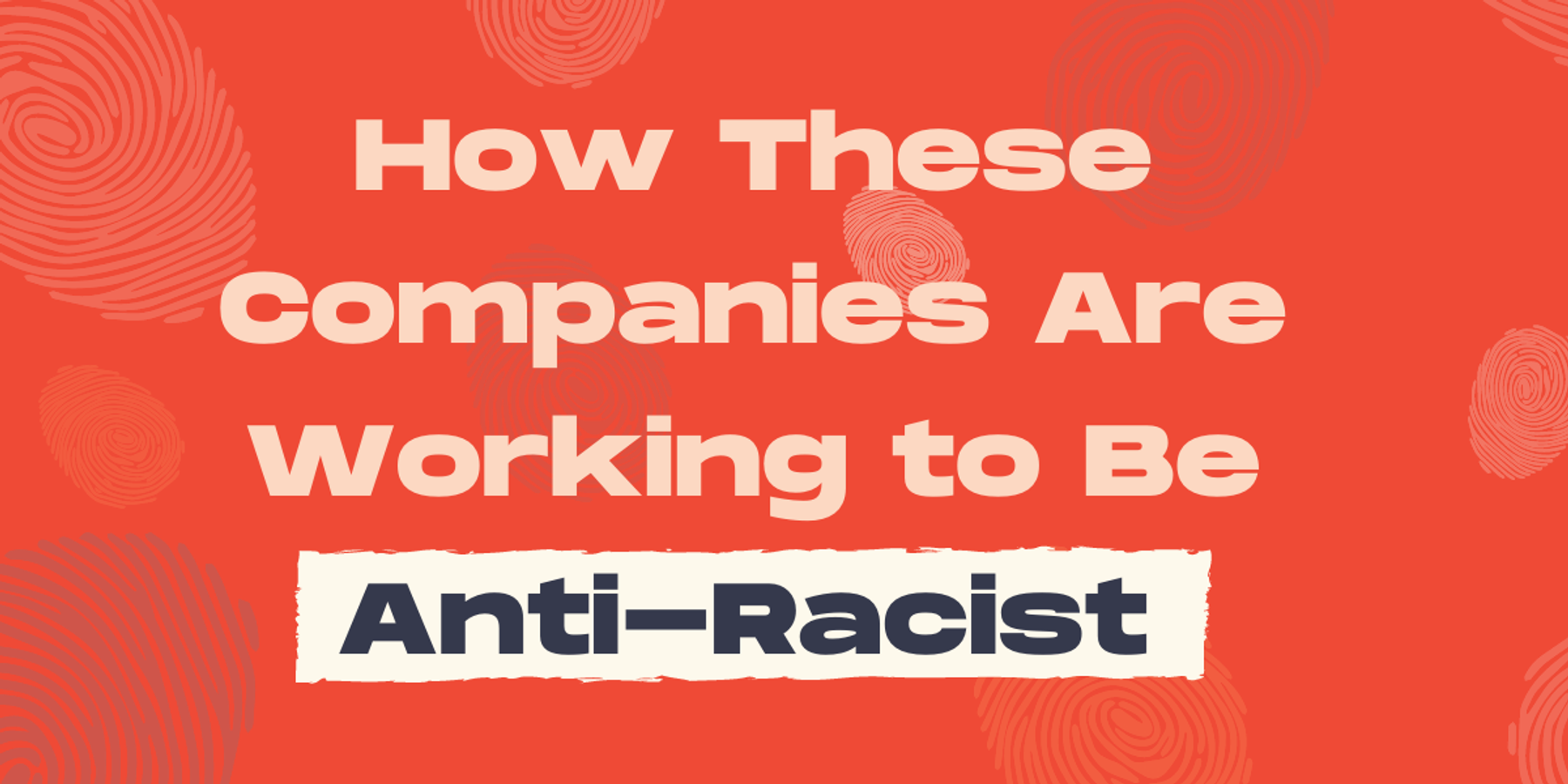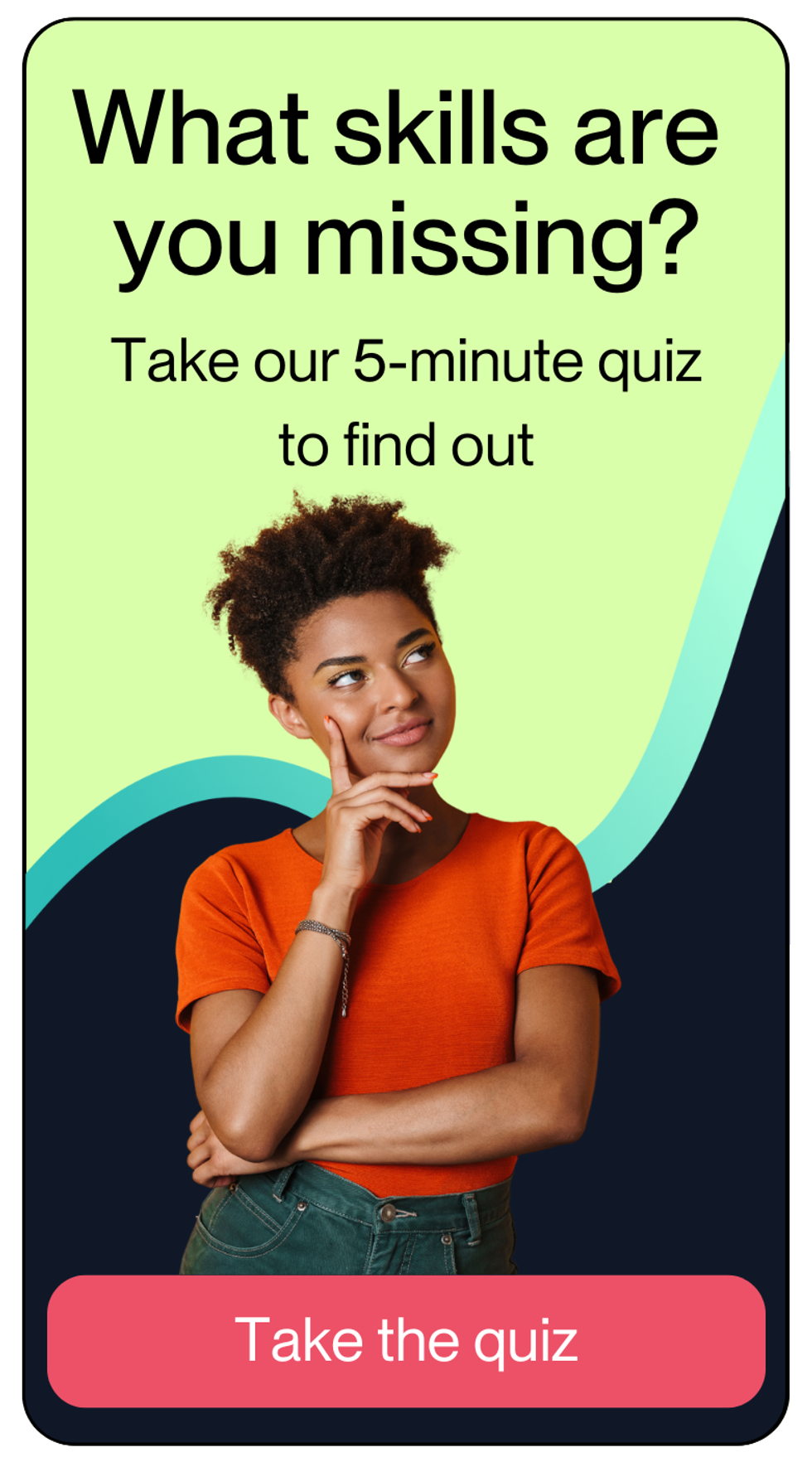Instigating change comes at a high cost.
And I hope we can all agree that when it comes to instigating a more inclusive and diverse workplace, diversity in thought and leadership leads to a stellar ROI.
As Alice says in the video above, "At male-dominated events, it can go in different directions, and quiet voices can get lost. Tonight is a space where that didn't happen so much, and everyone was able to say what they wanted. I think you should definitely come to a PowerToFly event." - Alice Parsons, Illustrator.
We had a blast meeting everyone at our Zynga event in London. For those of you who couldn't make it, we've got great news -- > Zynga is hiring!
Jump to their page here to learn more, and apply to these roles:
- 🎯Producer
- 🎯Product Manager
- 🎯User Acquisition Manager
- 🎯Associate UX Designer
- 🎯QA Engineer
- 🎯Senior Product Manager
- 🎯Marketing Artist
- 🎯Product Manager
- 🎯Technical Artist
- 🎯Senior Data Scientist
- 🎯HTML Developer
- 🎯Motion Graphics Designer
- 🎯Data Scientist
- 🎯Software Engineer
- 🎯Director of Design
- 🎯And more!
---
LOCATIONS:
- 🌎 Austin
- 🌎 Chicago
- 🌎 Toronto
- 🌎 San Francisco
- 🌎 India
- 🌎 And more!
---
#Zynga offers these extra #WorkPerks to help promote healthy #WorkLifeBalance:
- Full medical, dental, vision benefits as well as life insurance.
- Generous Paid Maternity/Paternity leave* Emergency childcare.
- Health & Wellness programs.
- Catered lunches and Zynga social programs.
- Open Vacation Policy.
- Flexible working hours on many teams.
- Multiple office location possibilities.
- Dog-friendly offices
- Work with cool people!
#Zynga offers competitive pay, industry-leading perks and #benefits and as importantly an environment committed to success for all.
* 50% representation on the Zynga Board of Directors.




